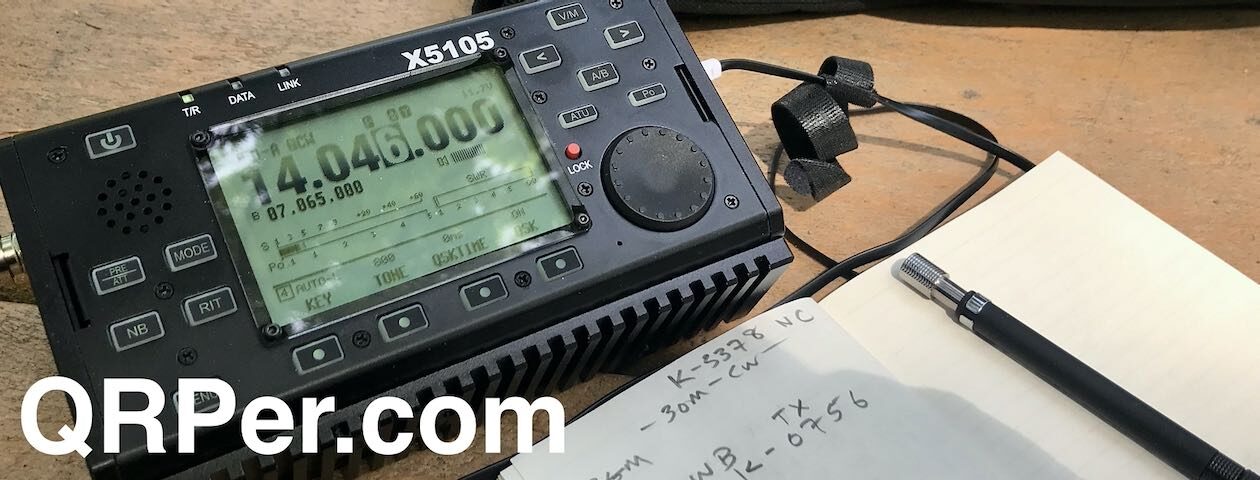As always there are lots of links within the article. Click one! Click them all! Learn all the things!
by Vince (VE6LK)
In August and September 2024, I was travelling around Southern Ontario for some family matters and naturally I brought my radio kit with me to squeeze in some radio therapy stops along the way. This is the report of my stop at Canal Park Conservation Area CA-5567 in Dundas.

Canal Park is located at a former greenhouse site that is growing back to a natural state, and is long the bank of the former Desjardins Canal that was built in the early 1800s.

Many of the timbers that were needed for the canal can still be seen standing today despite being immersed in water for nearly 200 years.

It is a popular spot for birdwatching; some of the visitors told me that they routinely see Herons gracing the area. It is also only a few minutes from downtown Dundas and nearby McMaster University. I arrived at 1700h local time and so I had about 3 hours of sunlight to work with which would be plenty of time for a chat and activation.
The site has a large deck and pergola overlooking the canal along with a few park benches, so I got to work setting up my 20-30-40m trapped EFHW that I built a few months ago. It’s short at only 35′, small and works very well. Look on Alan W2AEW’s YouTube channel for build videos.
I used the toroid on the end of my RG-174 feedline as a crude throwing weight and chucked it up and over the steel structure and it dangled down low enough to grab it. I then attached it to my Spark Plug Gear transformer and antenna and used the feedline to raise it back in place. Yes, I leave the wire winder in place for convenience.

At the far end, I set up my Goture CF mast and ground stake. The antenna landed up being about 15′ in the air. I wasn’t expecting stellar performance on 20m with it but was hopeful. I was very wrong to think that, with the first station I heard from Macedonia.

But not only was I here to POTA, I was here to meet, in person, Wayde Nie VA3NCA/AD2GX. He and I have been delivering remote examinations on the Ham Radio Crash Course team for some time now. Our paths have crossed many times in the virtual world, and finally now would cross in the real world. Needless to say I was looking quite forward to this activation and the location and beauty in this small park were only part of the whole story.

After Wayde showed me his wonderful portable kit, and with mine already deployed, we got to work at 10W on SSB. It wasn’t a fast and furious pace but it was steady enough as a 2 operator activation that we were kept busy. The real surprise were the stations that called us back from Spain!

I rounded off the activation with a quick CW contact to Spain. Wayde is early in his CW journey and would depart for home to his LICW class later that evening but followed the contact along pretty well!
List of gear used for these activations:
Note: All Amazon links are affiliate links that support QRPer.com at no cost to you.
- Elecraft KX3
- Charmast 100W battery
- Palm Pico Paddle
- 35′ RG-174 feedline with a FT-140-43 toroid at one end
- Spark Plug Gear EFHW Transformer paired with N7KOM Microlight Traps
- Chameleon wire winders
- Spark Plug gear wire winders
- Leadsound 3W portable speaker
- 7.1m carbon fibre “crappie” fishing rod
- 3pc fishing rod holder as a mast bottom support
- Bass Pro Shops Extreme tackle bag 3600 size
Summary
I grew up in Hamilton and Dundas was one of my favourite place to visit. I did this activation in early September on a wonderful late summer day and the evening was warm and calm. While I live in Western Canada where there isn’t much in the way of humidity, I found the weather to be quite pleasant (until the mosquitoes dropped by) and the company was excellent too!
72 and dit dit,
…Vince
First introduced to the magic of radio by a family member in 1969, Vince has been active in the hobby since 2002. He is an Accredited examiner in Canada and the USA, operates on almost all of the modes, and is continually working on making his CW proficiency suck less. He participates in public service events around Western Canada and is active on the air while glamping, mobile, at home or doing a POTA activation. You can hear him on the Ham Radio Workbench podcast, follow him on Twitter @VE6LK, check out his YouTube channel, and view the projects and articles on his website.




































































































































